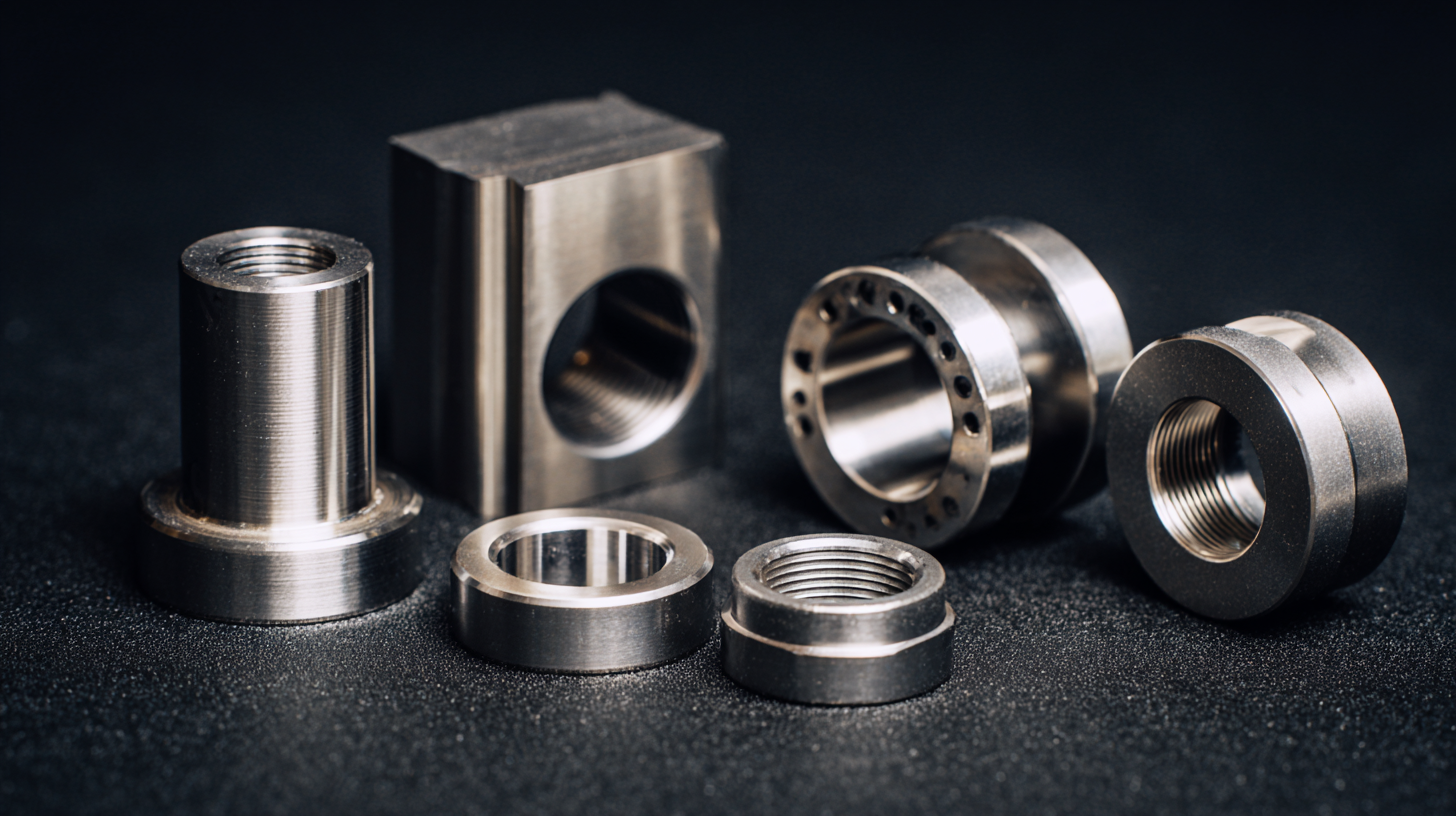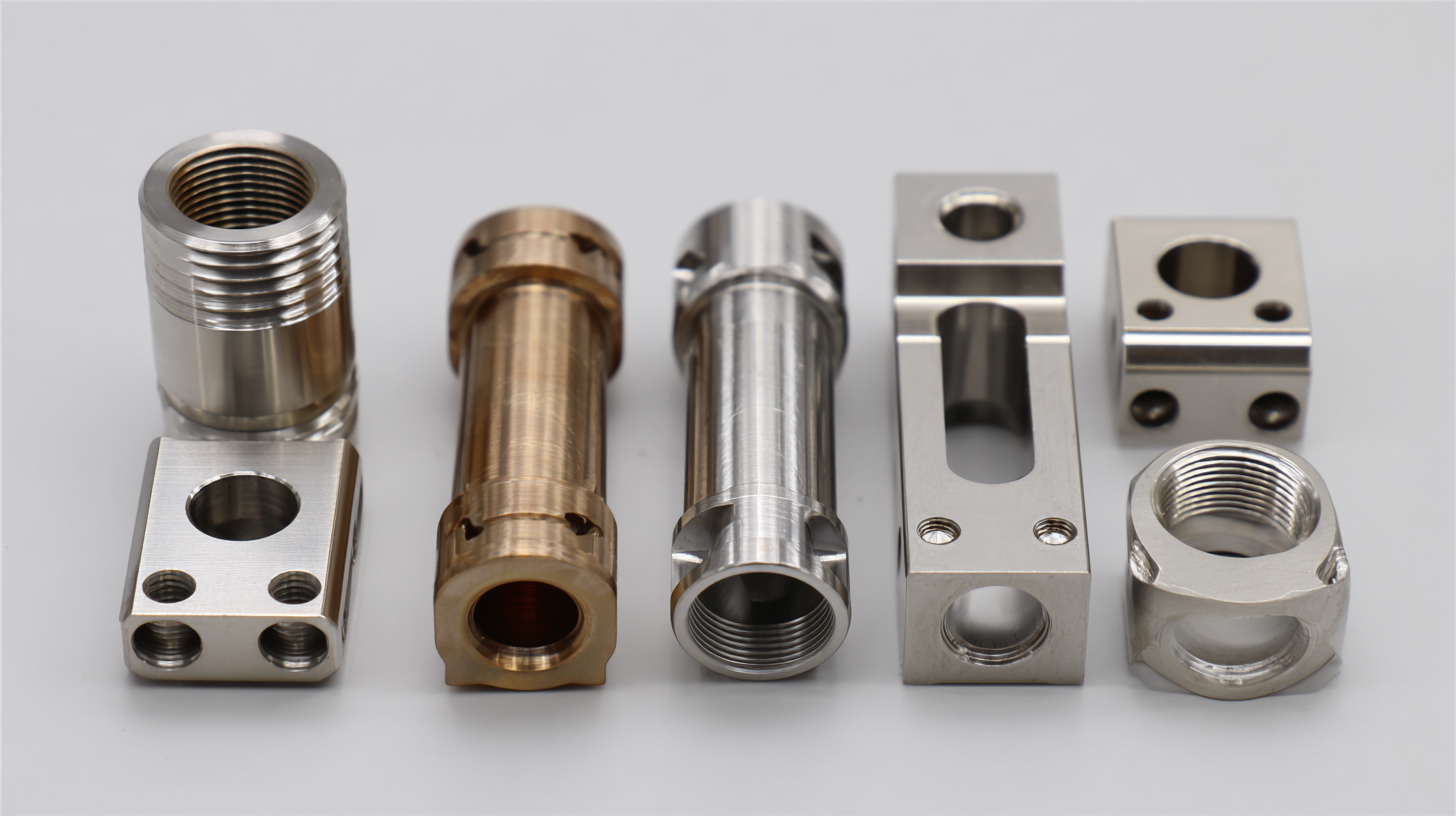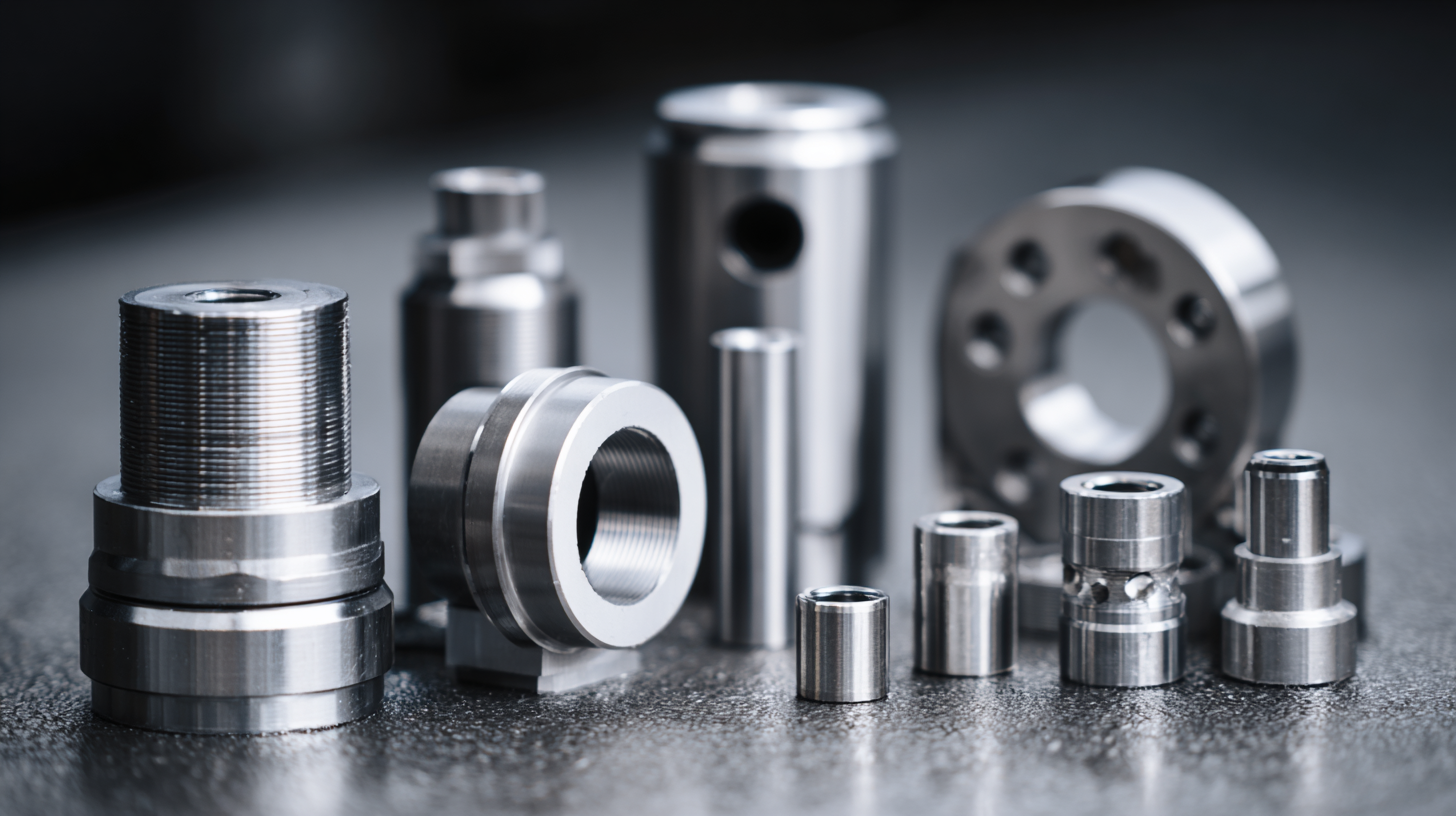A Comprehensive Comparison of Best CNC Machining Parts for Precision Engineering
In today's rapidly evolving manufacturing landscape, the demand for high-quality CNC Machining Parts has surged as industries strive for precision engineering and global competitiveness. As companies in China increasingly establish their presence on the world stage, the emphasis on delivering superior quality has become paramount. This blog aims to provide a comprehensive comparison of the best CNC Machining Parts available in the market, highlighting their specifications, applications, and advantages. By examining how Chinese manufacturers combine advanced technology with rigorous quality control, we will explore how these CNC Machining Parts not only meet but often exceed international standards, enabling businesses to gain a competitive edge. Join us as we delve into the intricacies of precision engineering and discover why the journey of "从中国走向世界,品质赢得全球市场" is crucial for the global manufacturing sector.
Advantages of After-Sales Service in CNC Machining Parts: A Data-Driven Analysis
In the competitive landscape of CNC machining, after-sales service has emerged as a critical component for ensuring customer satisfaction and long-term loyalty. A recent report by Industry Week highlights that businesses with robust after-sales support see a 20% higher retention rate compared to those that neglect this aspect. This statistic underscores the clear value of addressing customer needs even after the initial purchase, encouraging repeat business and positive word-of-mouth referrals.
Tips: When selecting a CNC machining parts supplier, always inquire about their after-sales service policies. A strong support system can save you time and money by swiftly addressing any potential issues that arise post-purchase.
Additionally, effective after-sales service contributes to the optimization of manufacturing processes. According to a study by the Association for Manufacturing Technology, companies that engage with their suppliers post-sale report a 15% increase in operational efficiency. By fostering open communication, manufacturers can quickly address problems, leading to refined workflows and improved product quality.
Tips: Establish a feedback loop with your CNC parts supplier. Regular communication can lead to better service and can also provide insight into potential enhancements to your products.
Cost Efficiency of Maintenance for CNC Machined Components: Key Metrics to Consider
When evaluating CNC machined components, cost efficiency in maintenance is a critical factor that can significantly impact overall operational budgets. Understanding the key metrics associated with maintenance can help engineers and procurement managers make informed decisions. One essential metric to consider is the mean time between failures (MTBF), which highlights the average time between breakdowns of machined parts. A higher MTBF indicates greater reliability and lower maintenance costs, allowing businesses to allocate resources more effectively.
Additionally, the cost of maintenance should take into account both direct and indirect expenses. Direct costs include spare parts, labor, and tools required for repairs, while indirect costs encompass downtime that affects production output. By analyzing historical performance data and calculating the lifetime of CNC machined components, companies can determine the total cost of ownership (TCO). This comprehensive analysis not only aids in selecting the best parts but also ensures that businesses can anticipate and reduce maintenance expenditures, ultimately enhancing profitability in precision engineering operations.
A Comprehensive Comparison of CNC Machining Parts for Precision Engineering
This chart illustrates the cost efficiency of maintenance for different CNC machined components based on their precision and performance metrics. The data involves common parameters like maintenance costs, operational efficiency, and average lifespan of machined parts.
How to Evaluate Precision Engineering in CNC Parts: Essential Criteria and Techniques
When evaluating precision engineering in CNC machined parts, it is crucial to focus on several key criteria that ensure quality and performance. First, one should consider the material selection, as different materials can dramatically affect the durability and functionality of the components. Machinists must have a deep understanding of the properties of metals, plastics, and composites, enabling them to choose the right material that meets specific application requirements. This includes assessing factors such as strength, weight, and resistance to heat and corrosion.
Another essential criterion is the machining tolerances, which directly relate to the precision of the parts produced. High-quality CNC machining services should be able to achieve tight tolerances that meet the specifications outlined in engineering drawings. Evaluation of machining capabilities, such as the type of CNC machines used and their maintenance, can provide insight into the manufacturing process's reliability. Additionally, surface finish quality plays a pivotal role in the performance of precision parts, as smoother finishes can reduce friction and wear, thereby enhancing the longevity of the components. Understanding these essential criteria and techniques will help engineers and manufacturers select the CNC parts for their precision engineering projects.

The Role of Technology in Enhancing CNC Machining After-Sales Support
In the realm of precision engineering, after-sales support plays a crucial role in
customer satisfaction and operational efficiency. The advent of technology
has revolutionized this aspect of CNC machining, ensuring that customers receive timely assistance and solutions tailored to their
specific needs. Advanced diagnostic tools, enabled by IoT and AI, allow service teams to
monitor machine performance in real-time, predicting issues before they escalate. This proactive approach not only minimizes
downtime but also enhances the overall productivity of operations.
Moreover, the integration of digital platforms has transformed how after-sales support is delivered. Customers can access a
wealth of resources, from comprehensive FAQs to troubleshooting videos, at their fingertips. Online portals enable seamless
communication with technical support teams, facilitating quicker resolution of queries and concerns. As manufacturers continually
invest in these technologies, the focus remains on fostering customer loyalty and ensuring that every CNC machining part
functions optimally throughout its lifecycle. By leveraging technology in after-sales support, businesses not only enhance
their service quality but also solidify their reputation in the competitive landscape
of precision engineering.
Comparative Study of Maintenance Costs for Different CNC Machining Materials and Techniques
When considering the maintenance costs associated with various CNC machining materials and techniques, it’s essential to understand how these choices can impact long-term operational expenditures. For instance, aluminum and plastics often require less maintenance compared to more durable materials like titanium or stainless steel. The lower wear rates of these softer materials typically translate into decreased costs due to less frequent part replacements and reduced tool wear during machining.

Furthermore, the choice of machining techniques plays a crucial role in maintenance expenditures. Advanced methods such as high-speed machining may require more sophisticated and expensive tooling but can also lead to significant savings in time and labor. In contrast, traditional machining methods might seem cheaper upfront but can incur higher maintenance costs over time due to the increased friction and wear on tools. Ultimately, understanding the trade-offs between material selection and machining techniques is vital for precision engineering professionals aiming to balance quality, efficiency, and cost-effectiveness in their projects.







